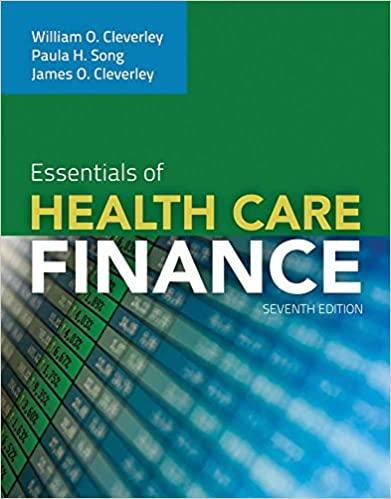Answered step by step
Verified Expert Solution
Question
1 Approved Answer
You are testing the empirical validity of asset pricing models. You have monthly return data on 1 0 0 test portfolios over the previous 5
You are testing the empirical validity of asset pricing models. You have monthly return data on test portfolios over the previous years. You also have monthly data on the market portfolio return as well as the relative price change of crude oil. You can think of the relative price change of oil as a return for holding a reserve of oil. You carry out your research in four steps.
In the first step you estimate market betas for the test assets by estimating the regression
Ritalpha ibeta iRM,teit
where Rit is the excess return of test portfolio i in month t and RMt
is the excess return of the market portfolio in month t You run this estimation for all each of the test portfolios and keep the market betas beta i You now have market betas, one for each test portfolio.
In the second step, you estimate a twofactor model where the test portfolio excess returns depend on the market portfolio excess return and the excess return on oil
Ritalpha ibeta iRM,tgamma iRO,teit
where ROt is the excess return of oil in month t Again, you run this estimation for all each of the test portfolios and this time keep the oil price sensitivities gamma i This gives you oil price sensitivities one for each test portfolio.
In the third step, you estimate the average excess returns for the test portfolios as
ARitRit
This gives you average excess returns, one for each test portfolio. You also observe that the market portfolio has an average excess return of
Now, in the fourth step, you get to the actual testing of the asset pricing models. You estimate a regression where you relate the average excess return of the test portfolios to their sensitivities to the market portfolio and the oil price:
ARilambda lambda beta ilambda gamma iui
This regression has observations, one for each test portfolio. The dependent variable is the average excess return ARi, and the explanatory variables are the sensitivity to the market portfolio beta i and the sensitivity to oil gamma ilambda lambda and lambda
are the coefficients that you estimate.
Which of the following results would be consistent with the CAPM being the correct asset pricing model?
Select one:
a
lambda lambda and lambda
b
lambda lambda and lambda
c
lambda and lambda
d
lambda lambda
e
lambda and lambda
f
lambda lambda and lambda
Step by Step Solution
There are 3 Steps involved in it
Step: 1

Get Instant Access to Expert-Tailored Solutions
See step-by-step solutions with expert insights and AI powered tools for academic success
Step: 2

Step: 3

Ace Your Homework with AI
Get the answers you need in no time with our AI-driven, step-by-step assistance
Get Started


